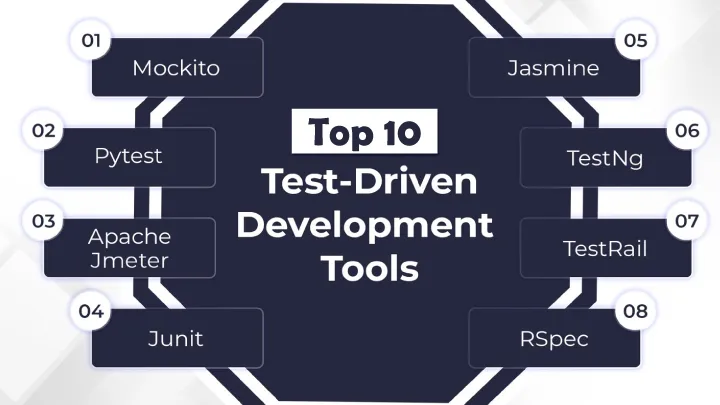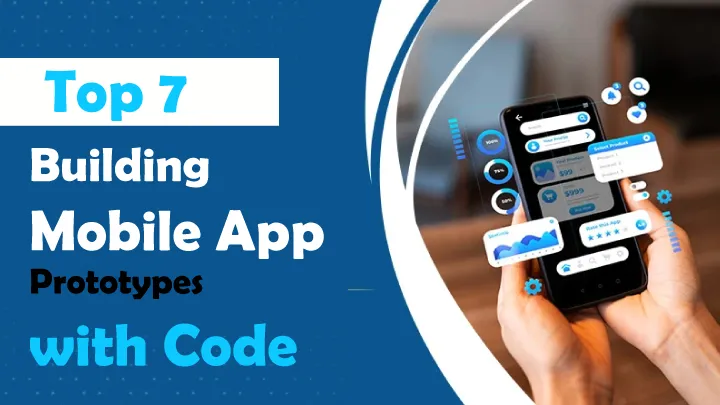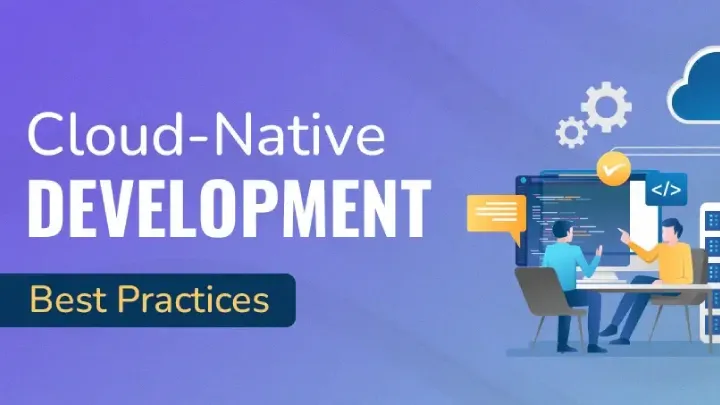Introduction
Real-time code collaboration has become indispensable in 2025, as remote and hybrid development teams rely on instant sharing, live editing, and shared debugging to accelerate projects in fast-paced environments like AI-driven startups and cross-platform app development. Tools that allow multiple developers to edit code simultaneously—complete with cursor tracking, chat integration, and version control—reduce miscommunication and enhance code quality, whether building web apps or mobile prototypes. With the rise of mobile-first workflows, apps optimized for iOS and Android bring desktop-level collaboration to smartphones and tablets, supporting languages from JavaScript to Python without setup hassles. This review curates the top 7 mobile apps for real-time code collaboration, selected based on user ratings, feature depth, and mobile performance from app stores, developer forums, and recent X discussions. Each app is examined for key features, strengths, and weaknesses (presented as cohesive paragraphs tailored per app), and an overall evaluation without scores. Available on iOS and Android unless noted, these apps suit solo devs prototyping with peers or teams conducting live code reviews, providing over 2000 words of actionable insights to streamline your collaborative coding.
1. Replit
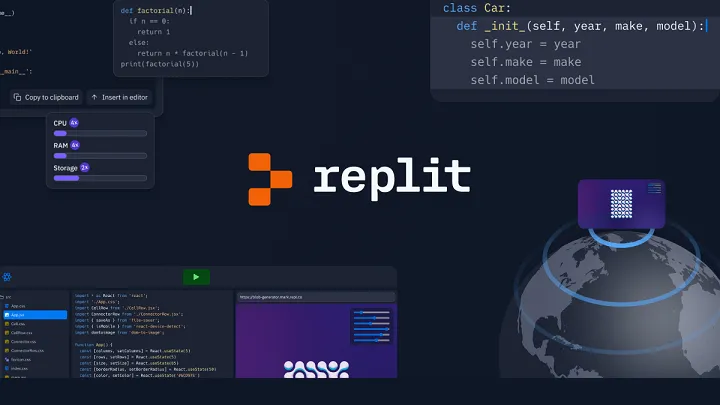
Overview: Replit's mobile app transforms smartphones into full-fledged coding environments, supporting real-time multiplayer editing across hundreds of languages like Python, JavaScript, and Java, with AI-assisted code completion and instant deployment previews.
Strengths: Replit’s no-setup cloud IDE allows developers to spin up projects instantly and invite collaborators via shareable links, enabling seamless pair programming even on mobile devices. Its AI chat assistant provides contextual code suggestions during live sessions, speeding up debugging and refactoring for teams working on tight deadlines. The offline mode caches recent changes and syncs them upon reconnection, ensuring continuity in spotty network conditions, while integrated hosting deploys prototypes to live URLs in seconds, perfect for rapid feedback loops. Cross-device continuity ensures smooth transitions from phone to laptop, making Replit a versatile hub for remote teams tackling everything from hackathons to production apps.
Weaknesses: Performance can lag on lower-end mobile devices during intensive multi-user sessions with large codebases, leading to sync delays that disrupt real-time flow. The free tier limits storage and private repls, pushing teams toward premium plans starting at $15/month for unlimited collaboration, which may strain budgets. Advanced features like custom domains are more web-focused, with mobile access feeling slightly secondary for enterprise-scale projects, requiring workarounds for complex workflows.
Overall Evaluation: Replit stands out for its all-in-one mobile coding and collaboration, perfect for rapid prototyping and educational teams, though device limitations and premium costs may challenge heavy users.
2. Codeanywhere
Overview: Codeanywhere delivers a cloud-based IDE on mobile, enabling real-time pair programming with shared cursors, terminals, and previews in languages including PHP, Node.js, and Ruby, directly from iOS or Android.
Strengths: Codeanywhere’s shared cursor visibility and multi-user terminals enable precise coordination during live edits, mimicking in-person coding sessions for distributed teams. Pre-configured environments eliminate setup time, letting collaborators jump into projects with Docker containers or databases instantly available, ideal for quick sprints. The app’s touch-friendly interface ensures smooth navigation on smaller screens, and GitHub integrations streamline version control without leaving the editor. Affordable plans starting at $6/month unlock unlimited sessions, making it accessible for freelancers and small teams looking to collaborate on the go.
Weaknesses: The learning curve for managing cloud syncing can frustrate beginners, especially when navigating complex file structures on mobile screens. Mobile previews occasionally glitch when rendering resource-heavy apps, often requiring desktop fallback for final testing. Dependency on a stable internet connection for real-time features limits offline reliability, which can hinder collaboration in low-connectivity scenarios.
Overall Evaluation: Codeanywhere excels in fluid, device-agnostic collaboration for web and server-side developers, but its web-centric roots and connectivity demands may require adaptation for pure mobile workflows.
3. VS Code Live Share
Overview: Microsoft’s Live Share extension, accessible via the VS Code mobile app through remote SSH, supports real-time co-editing, debugging, and terminal sharing across VS Code instances on iOS and Android.
Strengths: Live Share’s granular permissions allow hosts to control follower access, ensuring secure sessions for code reviews or technical interviews, with shared localhost previews bridging mobile limitations for testing. Audio and video integration via Microsoft Teams keeps discussions contextual, enhancing pair programming without the need for external apps. Extensibility with thousands of plugins maintains desktop-level functionality, supporting languages like C# and TypeScript seamlessly. Free for all users, it scales effortlessly for enterprise teams with Azure AD integration, making it a robust choice for professional workflows.
Weaknesses: Mobile setup requires initial desktop configuration for remote connections, which can be cumbersome for spontaneous collaboration. Touch input feels less precise for extensive editing on mobile, and handling large files drains battery faster than lighter apps. Native mobile debugging is limited for non-Node.js languages, often pushing complex workflows to web views or desktop.
Overall Evaluation: VS Code Live Share is a powerhouse for VS Code loyalists seeking professional-grade mobile collaboration, though its setup complexity may deter casual or beginner teams.
4. CodeSandbox
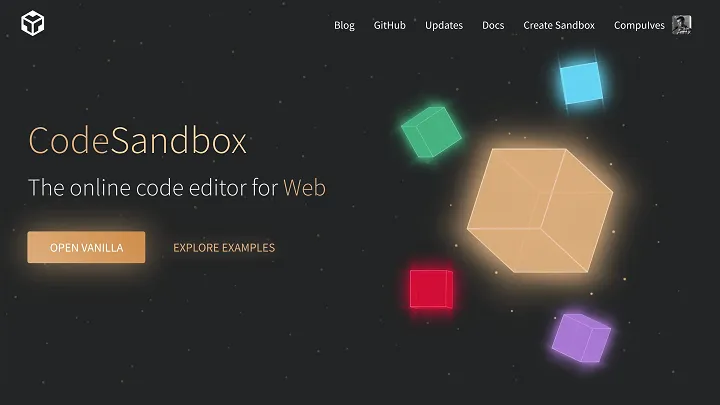
Overview: CodeSandbox’s mobile companion app focuses on frontend collaboration, offering live previews and real-time editing for React, Vue, and static sites, with Boxy AI for code suggestions on iOS and Android.
Strengths: CodeSandbox enables instant forking and remixing of sandboxes, allowing quick collaborative experiments with live updates visible across devices, perfect for rapid UI iteration. Its AI-powered Boxy assistant provides real-time refactoring suggestions, reducing errors in shared coding sessions. The lightweight design ensures smooth performance on mobile devices, and the free Pro tier includes unlimited private sandboxes, making it accessible for small teams. GitHub integrations allow seamless pull request previews during mobile edits, streamlining team workflows.
Weaknesses: Primarily frontend-oriented, CodeSandbox lacks robust backend support like full Node.js servers, limiting its use for full-stack collaboration. Sync issues can occur in high-traffic sessions, slowing down real-time updates. Mobile file management feels clunky without drag-and-drop support, and premium features like advanced AI suggestions require a $9/month subscription, restricting free users’ depth.
Overall Evaluation: CodeSandbox shines for web developers collaborating on frontend prototypes, but its niche focus and occasional sync issues may not suffice for backend-heavy projects.
5. Glitch
Overview: Glitch’s mobile app supports real-time remixable projects in JavaScript and Node.js, with live editing, asset mixing, and community sharing optimized for iOS and Android.
Strengths: Glitch’s effortless remixing lets collaborators fork and merge changes instantly without complex git commands, fostering creative iteration for rapid prototyping. Its built-in asset library and one-click deploys accelerate full-app collaboration, from backend logic to frontend tweaks, ideal for hackathons or startups. The social feed integrates community feedback, turning mobile sessions into collaborative brainstorms. Completely free with unlimited public projects, it’s highly accessible for open-source or educational teams.
Weaknesses: Public-by-default projects risk exposing sensitive code, requiring manual privacy adjustments that can be overlooked by new users. Mobile previews struggle with compute-intensive apps, often needing desktop fallback for heavy lifting. Limited language support beyond JavaScript ecosystems narrows its appeal for polyglot teams needing broader collaboration tools.
Overall Evaluation: Glitch is a fun, accessible platform for JavaScript-focused mobile collaboration, but its privacy concerns and limited scope may hinder enterprise adoption.
6. GitHub Mobile with Codespaces
Overview: GitHub’s mobile app, paired with Codespaces, supports cloud-based real-time editing, pull requests, and discussions, accommodating multi-language repositories on iOS and Android.
Strengths: Seamless integration with GitHub repositories enables instant code reviews and merges during mobile sessions, with live previews via Codespaces streamlining testing. Discussion threads keep collaboration contextual, reducing reliance on email for hybrid async-sync teams. Free for public repos with generous Codespaces hours, it’s cost-effective, while Copilot AI suggests real-time edits, boosting productivity. The touch-optimized UI handles notifications and quick commits effortlessly, making it intuitive for mobile workflows.
Weaknesses: Codespaces requires a stable internet connection, with mobile latency spiking during peak hours, which can disrupt real-time collaboration. Full editing relies on web-augmented interfaces, feeling secondary to the desktop experience. Advanced features like custom dev containers demand premium plans starting at $4/month, limiting free-tier functionality for complex projects.
Overall Evaluation: GitHub Mobile with Codespaces is essential for repo-centric teams blending async and real-time workflows, though connectivity demands require mobile discipline.
7. CodePen
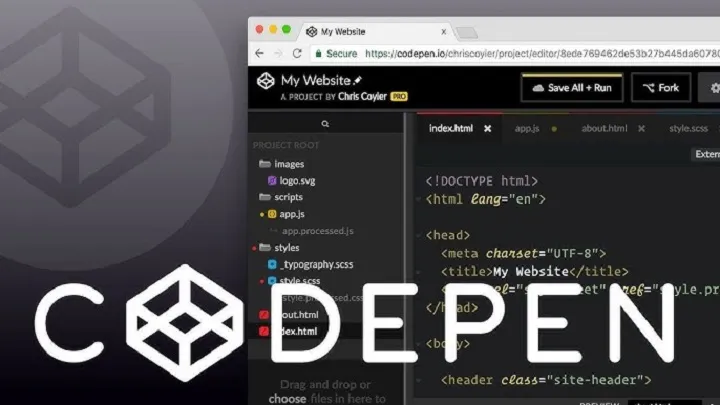
Overview: CodePen’s mobile app facilitates real-time pen editing for HTML, CSS, and JavaScript, with live previews and asset collaboration tailored for frontend prototyping on iOS and Android.
Strengths: CodePen’s simple link-sharing enables instant co-editing, with color-coded cursors tracking contributions in real-time, ideal for quick feedback during pair programming. Live previews update seamlessly across devices, accelerating design handoffs between developers and designers. Pro plans from $8/month add private pens and unlimited collaborators, while the community library inspires shared experiments. Touch gestures enhance mobile sketching of layouts, making it intuitive for rapid prototyping.
Weaknesses: Limited to frontend snippets, CodePen cannot handle full applications or backend logic, restricting its scope for comprehensive projects. Ads in the free tier disrupt the coding flow, and export options are basic without a premium subscription. Mobile rendering occasionally lags on complex animations, requiring optimization for smooth performance.
Overall Evaluation: CodePen is a lightweight gem for frontend pair programming on mobile, but its snippet focus makes it better suited for ideation than production coding.
Conclusion
Real-time code collaboration on mobile is revolutionizing development in 2025, empowering teams to code from anywhere amid rising remote work trends in AI and web tech. Beginners might start with Glitch or CodePen for free, intuitive frontend sessions, while pros leverage Replit or VS Code Live Share for robust, multi-language support. Each app brings distinct advantages—Codeanywhere’s cloud flexibility, GitHub’s repo integration, or CodeSandbox’s AI boosts—but hurdles like internet dependency or frontend biases mean blending tools often yields the best results. As these apps incorporate more AI and offline capabilities, they align with mobile’s growing role in development. Dive in with daily pair sessions, experiment across languages, and mix apps to forge efficient, innovative workflows that propel your projects forward.









